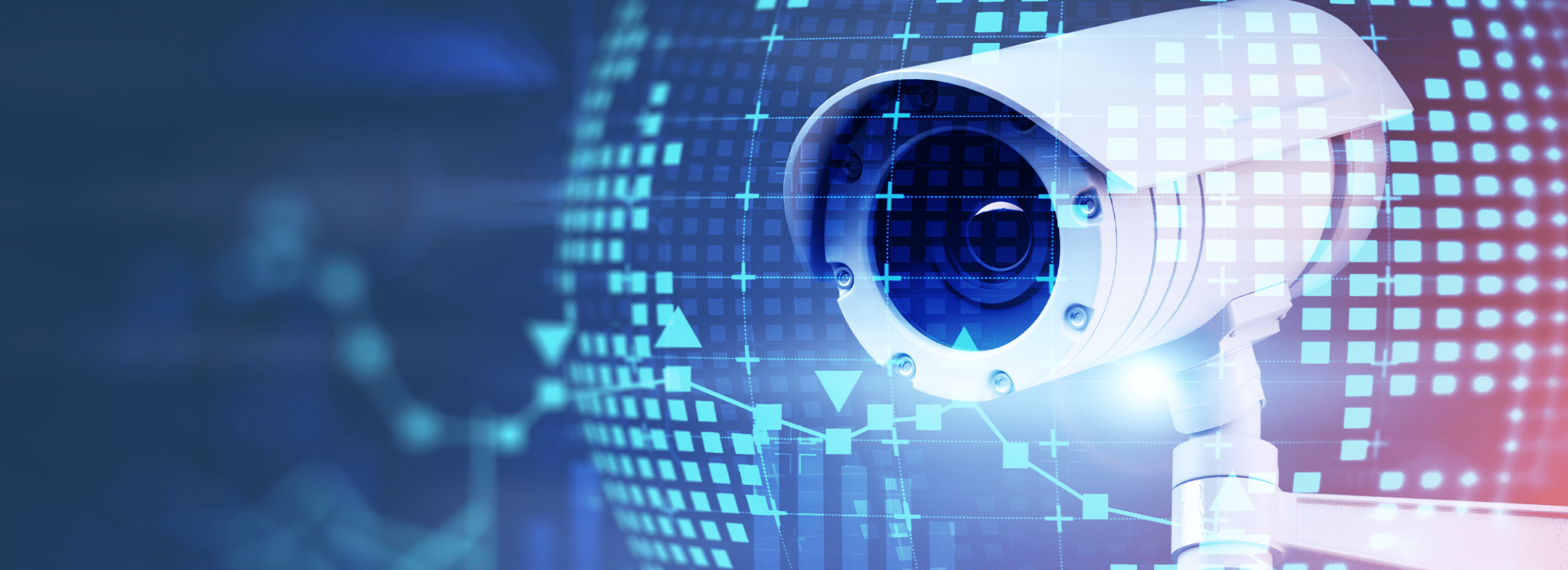Some people may think of artificial intelligence as having to do with robots. Part of that stems from fictional movies where robots start thinking for themselves and try to rid the world of humans. AI’s use goes far beyond robotics.
Additionally, The Guardian references Pew Research that reveals 7 out of every 10 Americans worry about AI taking away jobs from humans. However, that’s not going to be the case. Rather, artificial intelligence will handle repetitive, mind-numbing tasks that most humans won’t or can’t do. In doing so, they help companies increase speed, accuracy, and productivity.
AI won’t be ousting workers. It turns out they will most likely create the same number of new jobs as they replace according to World Economic Forum. Artificial intelligence will actually change lives and businesses for the better.
Examples of the Value of Artificial Intelligence
Understanding the possibilities of artificial intelligence can change people’s minds about their roles. Have you ever clicked on recommendations in an online store like Amazon? Have you ever opened an ad you saw on Facebook? That’s all thanks to artificial intelligence. It identifies your interests and presents content that matches those interests.
One of the most popular uses of AI is the Roomba, an automated robotic vacuum. Without artificial intelligence, the Roomba wouldn’t know how to completely sweep up a room. It may bump into things and miss many areas. Add AI to the vacuum and it scans the room size, identifies obstacles, and creates efficient routes to sweep away.
Many customers are glad to have that job replaced by a robot. The time they spend vacuuming their homes can be better used elsewhere. Maybe spending more time with the family or doing a hobby.
Next time you use a map app, pay attention to how it helps you find your way from Point A to Point B. Older map apps would give you a route and take you there based on that route. Advancements in AI have turned maps into a real-time mapping tool. In other words, if there is traffic on the current route, AI will identify it and propose another route with less traffic.
So, when you map your destination, you’ll start with one route and the map app’s AI will monitor the route and suggest changes to avoid areas with an accident or heavy traffic. In this scenario, AI saves you the time and frustration of sitting in traffic longer than necessary. You gain more time by arriving at your destination sooner.
Now take a look at what AI can do for video surveillance to boost your organization’s security and productivity.
The Role of Artificial Intelligence in Video Surveillance
Like all the examples, AI and machine learning are transforming video surveillance. Before artificial intelligence came along, companies had to rely on humans to monitor video cameras. Imagine staring at multiple monitors for hours on end. It turns monitoring into a tedious task where it’s all too easy to make a mistake and overlook something suspicious.
AI can do more than help monitor the action on the cameras. Here are three ways artificial intelligence will level up video surveillance and security.
1. Monitors More with Greater Accuracy
Before AI, it was challenging for companies with giant properties to monitor the entire area. Typically, you’d have multiple employees watching the cameras. Again, a monotonous task like this can take its toll on humans and cause them to miss something important.
Enter motion detection. Motion detection measures pixel changes on the video stream and would only trigger alarms when a certain number of pixels had changed at the same time. This improved the monitoring experience, where Operators now only need to look at video where motion was occurring. Unfortunately, most of the alarms generated by motion detection were not useful. Animals, trees, and other moving objects would trigger alarms that were of no value to an operator and only served to distract them from the real alarms.
Video analytics was introduced to solve this problem. Analytics technology leverages machine learning and AI to differentiate between a human, vehicle, or other objects in an image or video. The AI is trained on millions of image sets before being deployed on a site where it completes its final training on the actual scene it will be monitoring. Video analytics gives operators the ability to only see the alarms that matter, which are the ones triggered by a human or vehicle.
While fewer people may monitor the video cameras, AI increases the accuracy of catching potential problems sooner. Additionally, it creates more programming jobs to make up the difference for having fewer people monitoring.
AI will never completely replace monitoring operators. Their job is to investigate any alerts from AI and to react based on the alert, such as sending a warning to the intruder on the onsite speaker. The monitoring operator isn’t on the property. The speaker allows the operator to talk to anyone on the property.
2. Search Video Faster
When people want to find something on the internet, they don’t click through one website at a time starting from the first one ever created. Instead, they use intelligent search engines like Google to locate the websites that contain only the information they are interested in. AI now allows video surveillance users to search their video with a similar level of convenience.
Most people are familiar with the process of fast forwarding or rewinding through video to find the activity they are interested in. For video surveillance applications this process can be particularly tedious where the time periods being searched could span multiple days or weeks.
AI allows users to search video footage the same way they would search for a website online, using search terms to identify what they are interested in seeing. For example, users can now enter the color of a vehicle, or the age and gender of a person, and AI will search days of video footage and provide back any video clips that match those search terms. Similarly, if users identify a suspicious person on one camera, they can select that person and ask the AI to find that same person on any other cameras it has access to.
AI drastically accelerates the video review process. It also reduces the risk of users missing something important. Through the use of AI, users are now able to search thousands of hours of video from different cameras and geographic locations in a matter of minutes, something that would be impossible without AI.
3. Business Intelligence
You can’t manage what you don’t measure. To optimize the performance of any business you first need to measure the key metrics that impact its performance. Some of these metrics can be difficult to measure without an extremely manual process. Retailers who want to learn how many people are in their store at different times of day, or where those customers walk, are faced with the challenging task of manually tracking that activity in real time or from recorded video.
AI automates this process and more. AI can now count occupancy in an area, where people walk, and key information about demographics that may be important to store owners. During the pandemic AI was even able to track social distancing and count the number of people wearing masks.
In outdoor applications this same AI can count vehicles including their color, model, and make. This information can be used by property managers for demand planning and parking management. This same data can be used to predict the success or failure of events or even certain stores based on the number of vehicles parked in different areas.
AI on video surveillance cameras can give business owners and property managers valuable data that would otherwise be very difficult to collect. The technology is often used for historical reporting but can also activate real-time alerts allowing users to take immediate action before small problems become big ones.
Boost Business with AI and Video Surveillance
In the past, video surveillance was a passive tool that could not deter crime but would only have evidence of it after it happened. It also required the tedious task of watching hours and hours of videos to locate the incident. That’s a relic.
Today’s video surveillance with artificial intelligence built-in is a proactive security solution that also enhances productivity while saving time and money. Video cameras with AI drastically reduce errors and false alarms. They also boost the chances of spotting suspicious activity before or as it happens.
Many criminals have been caught before they even leave the property. In cases where they’re too quick, the high-definition video helps identify the suspects and aids the police in their investigation.
How does video surveillance increase productivity? Since security cameras already watch over your property, they can help you find bottlenecks, areas for improvement, and safety hazards. This will affect customer service and employee experience in a positive way.
Additionally, you can help reduce liability with video surveillance. Whenever someone files a liability claim, you contact security analysts who can quickly search and review the footage for evidence. Security cameras can reduce risk and insurance companies may decrease your premiums.
Where do you start? Research and interview video surveillance companies like Stealth. Ask many questions. Ask about artificial intelligence, camera resolution, recordings, and partnerships with law enforcement. Request video surveillance clips to see it in action.
Here are some other services you may want to inquire about:
- Video review: Analyst searches footage to locate the incident.
- Consulting and advisory services: Receive a customized security solution.
- System health check: Ensure your video surveillance system remains healthy.
- IT services for remote support: Gain access to IT staff 24/7.
- Management reporting: Obtain reports with the results of video surveillance.
On top of everything, AI provides a quick return on investment as SupplyChain 24/7
reports artificial intelligence and automation can deliver an ROI within three to six months. To learn more about video surveillance and artificial intelligence for your business, please contact us.

